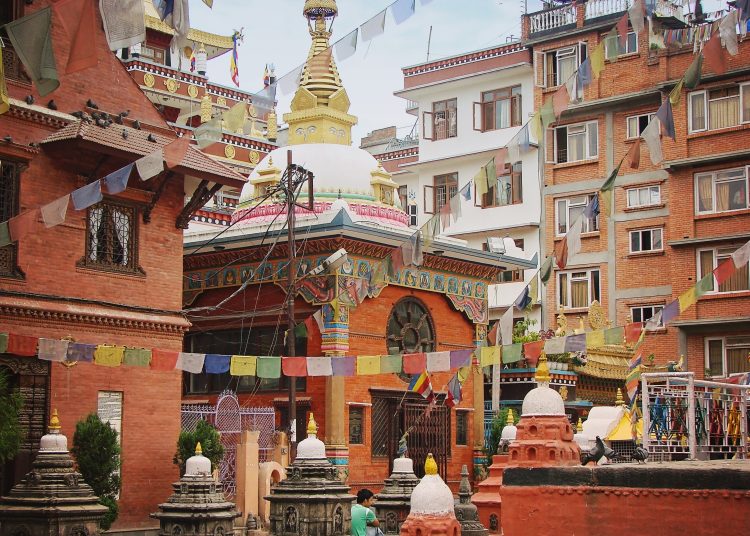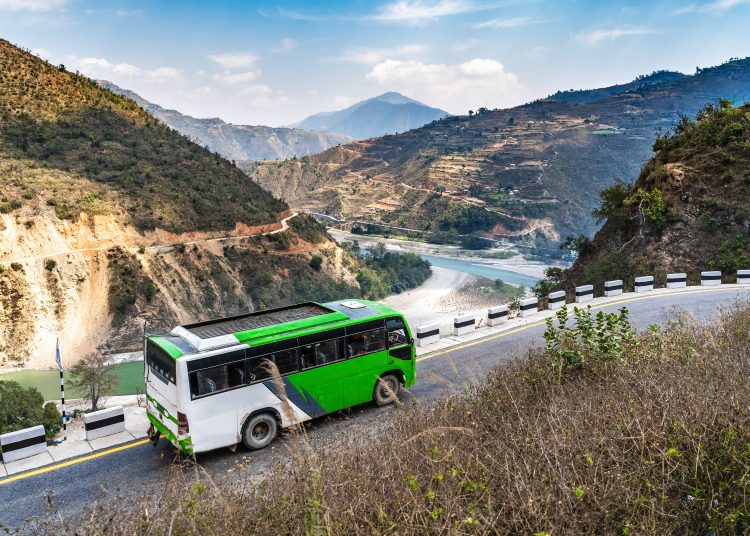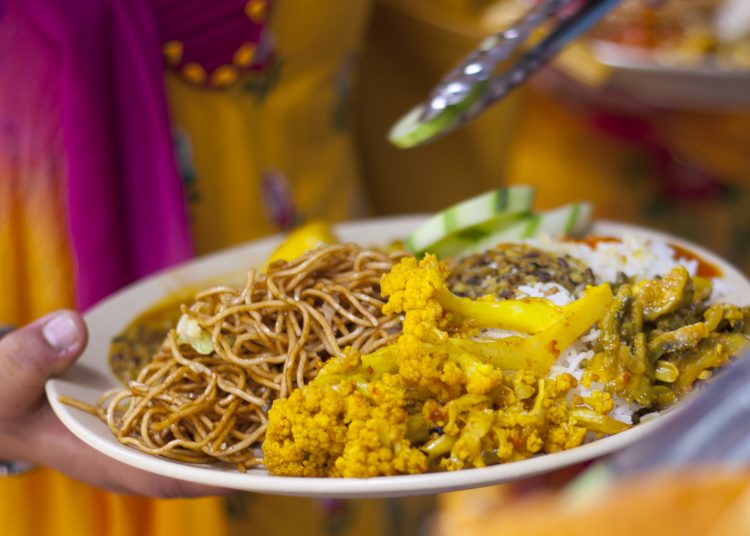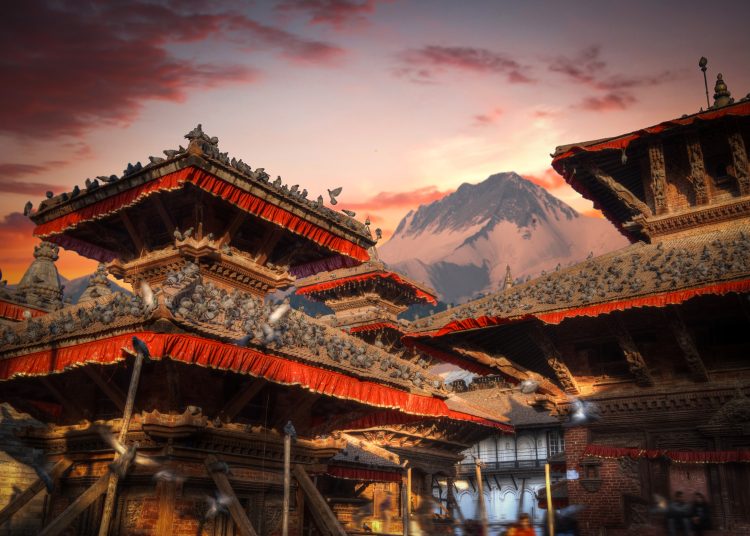Embarking on an adventure to the heart of the Himalayas, Nepal, with a tight budget may seem daunting, but with strategic planning and local insights, it can be both feasible and enjoyable. For university students seeking to stretch their dollars without missing out on cultural experiences, here are some practical strategies to save money while traveling in Nepal.
Preparations Before the Trip
Booking your flight for the off-peak season can result in significant savings. Nepal’s tourist high seasons are typically from September to November and from March to May. By choosing to fly outside these months, you can find cheaper airfare. Additionally, setting a daily budget is vital. Consider that the average cost of living in Nepal is significantly lower than in Western countries. According to recent data, a meal at an inexpensive restaurant might cost around $2, and local transportation can be as cheap as $0.20 per trip.
Lodging Options

Nepal offers a spectrum of lodging options, from hostels to guesthouses and hotels. By starting your stay in a mid-range guesthouse, such as those found in Thamel, Kathmandu, you can acclimatize comfortably without breaking the bank. For instance, a reputable guesthouse in Thamel may charge around $10-$15 per night. As you adjust, consider moving to budget hostels, which offer dormitory-style rooms for as little as $5-$10 per night. Community homestays, particularly in rural areas, offer not only a deeper cultural immersion but also potential cost savings or even free lodging in exchange for volunteer work.
Getting Around


Local buses are the cheapest mode of intercity travel in Nepal, with fares often below $5 for significant distances. For exploring local areas, renting a bicycle can be both economical and an excellent way to experience the surroundings intimately. Shared taxis and jeeps are common in remote areas and can be a cost-effective option when split among fellow travelers.
Eating and Drinking


To save on meals, eat where the locals eat. Nepalese eateries offer delicious and authentic dishes at a fraction of the cost of tourist-oriented restaurants. For example, a hearty plate of Dal Bhat, a local staple, can be found for approximately $1-$3. When it comes to staying hydrated, instead of purchasing bottled water, use water purification tablets or seek out water refill stations, which are becoming increasingly common in response to environmental concerns.
Sightseeing


When it comes to sightseeing, prioritize cultural landmarks with modest entry fees. For instance, the entrance fee for Bhaktapur Durbar Square is around $15 for foreigners, offering a full day’s worth of exploration in a UNESCO World Heritage site. Free activities abound as well, such as attending local festivals, where you can immerse yourself in Nepali traditions at no cost.
Short treks like the Mardi Himal Trek offer the Himalayan experience without the cost of longer, more commercial treks. For adventure seekers, group deals on activities like paragliding in Pokhara or rafting on the Trishuli River can provide an adrenaline rush while keeping costs manageable.
Discounts for Certain Groups
If you’re a student or a SAARC (South Asian Association for Regional Cooperation) country resident, remember to carry your ID for possible discounts on entry fees and transportation. These discounts can be substantial, with some sites offering up to 50% off the regular price.
By employing these strategies, university students can make the most of their budget without sacrificing the richness of their travel experience in Nepal. With careful planning and an openness to local practices, an enriching journey awaits in this diverse and culturally rich country.

